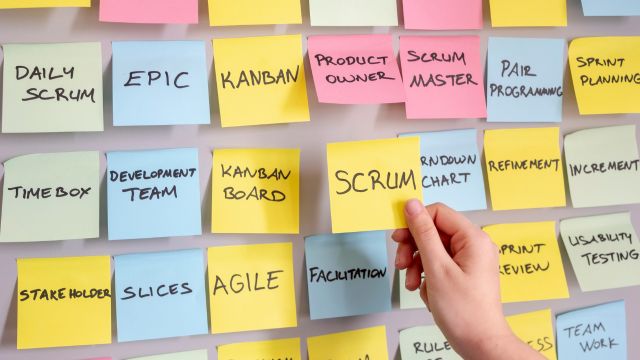Optimizing Your IT Support for Maximum Efficiency

Published: 19 January 2025
In today’s digitally driven world, reliable and efficient IT support is no longer a back-office function—it’s a critical business enabler. Downtime, unresolved technical issues, and slow response times can significantly impact productivity, customer satisfaction, and ultimately, your bottom line. Optimizing your IT support is not just about fixing problems; it’s about proactively preventing them, streamlining processes, and empowering your employees to be productive. At Aqon, we understand the complexities of IT support and can guide you toward building a highly efficient and effective support organization.
Effective IT support begins with a clear understanding of your business needs and objectives. What are your critical systems and applications? What are your service level agreements (SLAs)? What are your budget constraints? Answering these questions will help you define the scope and focus of your IT support organization. It’s not about providing support for every possible technical issue; it’s about prioritizing the issues that have the greatest impact on your business. This requires a strategic approach that aligns your IT support with your overall business strategy.
Once you have a clear understanding of your business needs, you can begin to optimize your IT support processes. This includes implementing best practices for incident management, problem management, change management, and knowledge management. Incident management is about restoring service as quickly as possible when an issue occurs. Problem management is about identifying the root cause of recurring issues and implementing permanent solutions. Change management is about minimizing the risk of disruptions when changes are made to your IT systems. Knowledge management is about capturing and sharing knowledge so that support staff can resolve issues quickly and efficiently.
One of the most effective ways to optimize IT support is to implement a tiered support model. This model typically consists of three levels: Level 1, Level 2, and Level 3. Level 1 support is the first point of contact for users. These support staff members are typically responsible for handling common and straightforward issues. Level 2 support consists of more experienced technicians who can handle more complex issues. Level 3 support consists of highly specialized experts who are called in to handle the most difficult problems. This tiered approach ensures that issues are resolved efficiently and that the most skilled resources are used for the most challenging problems.
Proactive support is another key element of an optimized IT support organization. Instead of just reacting to problems as they occur, proactive support focuses on preventing problems before they impact users. This can be achieved through regular system monitoring, proactive maintenance, and trend analysis. By identifying and addressing potential issues before they become major problems, you can minimize downtime and improve user satisfaction.
Technology plays a critical role in optimizing IT support. There are a wide range of tools and technologies available that can help you automate tasks, improve communication, and enhance efficiency. These include help desk software, remote support tools, knowledge management systems, and monitoring tools. Choosing the right tools for your organization is essential for maximizing the efficiency of your IT support.
Effective communication is essential for providing excellent IT support. Users need to be able to easily report issues and receive timely updates on the status of their requests. Support staff need to be able to communicate effectively with each other and with users. Implementing clear communication channels and providing regular updates can significantly improve user satisfaction.
Measuring the performance of your IT support organization is critical for identifying areas for improvement. Key metrics to track include first call resolution rate, average handle time, customer satisfaction, and cost per ticket. By regularly monitoring these metrics, you can identify trends, pinpoint bottlenecks, and make data-driven decisions to optimize your support processes.
Building a culture of continuous improvement is essential for long-term success. Regularly review your support processes, solicit feedback from users and support staff, and implement changes to improve efficiency and effectiveness. The IT landscape is constantly evolving, so it’s important to stay up-to-date on the latest trends and best practices.
Optimizing your IT support is an ongoing process, not a one-time event. It requires a commitment from leadership, a focus on continuous improvement, and a willingness to adapt to changing business needs. By implementing the strategies outlined above, you can build a highly efficient and effective IT support organization that empowers your employees, enhances productivity, and contributes to your business success.
At Aqon, we have extensive experience in helping organizations optimize their IT support. We can provide a range of services, from IT support assessments and strategy development to implementation and ongoing support. Our team of experts can work with you to identify your specific needs, develop a tailored plan for improvement, and implement the solutions that will maximize the efficiency of your IT support. Contact us today to learn more about how we can help you transform your IT support into a strategic business enabler. Let us guide you on your journey to providing world-class IT support that drives your business forward.



